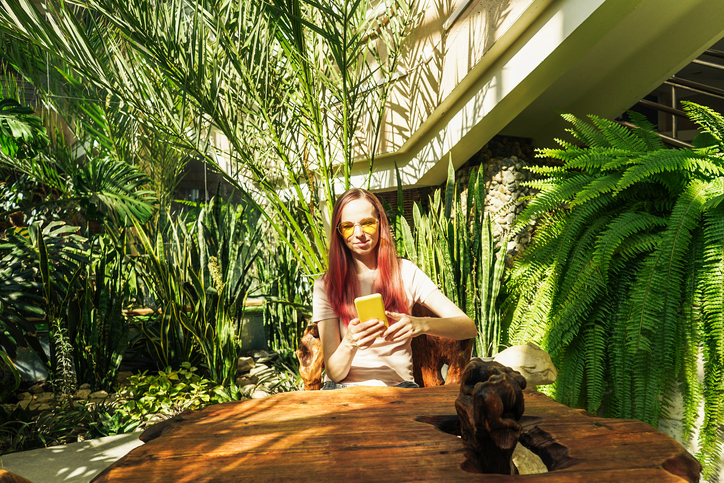Biophilic design is an approach to designing buildings and spaces that incorporates natural elements and principles to enhance the well-being of the people who inhabit them. Despite the growing interest in sustainable design and the increasing popularity of biophilic design, many people frustratingly are still unfamiliar with the term and it isn’t used that widely. In my article, below I will explore why people still don’t seem to know what biophilic design is and the different terms used for it instead.
Lack of Awareness
One of the key reasons why people don’t know what biophilic design is may be due to a lack of awareness. Biophilic design is still a relatively new concept and has not yet gained widespread recognition despite the fact I have trained in it for years and there are qualifications in it in the United Kingdom. Many people may simply not have heard of it yet or may not understand what it entails.
I suppose biophilic design is a specialized area of design that is primarily of interest to architects, interior designers, and urban planners. It may not be a topic that is widely discussed in mainstream media or popular culture but I am pretty sure it soon will be and more and more podcasts and shows are starting to cover it which is encouraging.
Alternative Terminology
Another reason why people may not be familiar with biophilic design is that there are several different terms used to describe it. Some of the most common alternative terms used for biophilic design that you actually may have heard include:
- Green design: This term is often used interchangeably with biophilic design and refers to sustainable design practices that incorporate natural elements and principles.
- Biomimicry: This term refers to design that is inspired by nature and often incorporates natural patterns, shapes, and systems.
- Biocentric design: This term emphasizes the importance of nature and the environment in design and encourages designers to consider the needs of all living things in their work.
- Ecological design: This term emphasizes the importance of sustainable design practices and considers the impact of design on the environment and natural systems.
- Sustainable design: This term refers to design practices that minimize the negative impact of buildings and spaces on the environment and promote sustainable living.
While these terms may not always be used to describe biophilic design specifically, they are often used in the same context and share many of the same principles and goals.
The complexity of Biophilic Design
Another fundamental reason why people may not be familiar with biophilic design is that it can be a complex and nuanced concept. Biophilic design is not simply about adding plants to a space or using natural materials. It involves a deeper understanding of the relationship between humans and nature and how that relationship can be incorporated into the design and fundamentals of a building.
Biophilic design encompasses a wide range of strategies and techniques, including the use of natural light, the incorporation of water features, and the use of natural materials and patterns. It also involves the consideration of factors such as air quality, acoustics, and temperature control.
For designers and architects, incorporating biophilic design principles requires a significant amount of knowledge and expertise. It involves understanding the science behind biophilia and how it can be applied in a practical way to enhance the well-being of people in buildings and spaces.
So why is Biophilic Design still not widely known?
While biophilic design may not be a widely recognized term everywhere and fully mainstream just yet, it is an important and growing area of design that has the potential to significantly improve our well-being and connection to the natural world. Understanding the different terms used for biophilic design and the principles and strategies involved can help people appreciate its importance and potential impact.
At Harrogate Garden Design, we specialize in biophilic design and are committed to creating beautiful and sustainable spaces that enhance the well-being of our clients. I have extensive knowledge and expertise in biophilic design and have worked on numerous school projects advising the world of academia how their students can benefit from a little bit of extra nature. I am dedicated to creating spaces that promote health, well-being, and a strong connection to nature mainly because I love it. If you want to embrace Biophilic Design contact me today to learn more about how it will transform your home or workspace.


